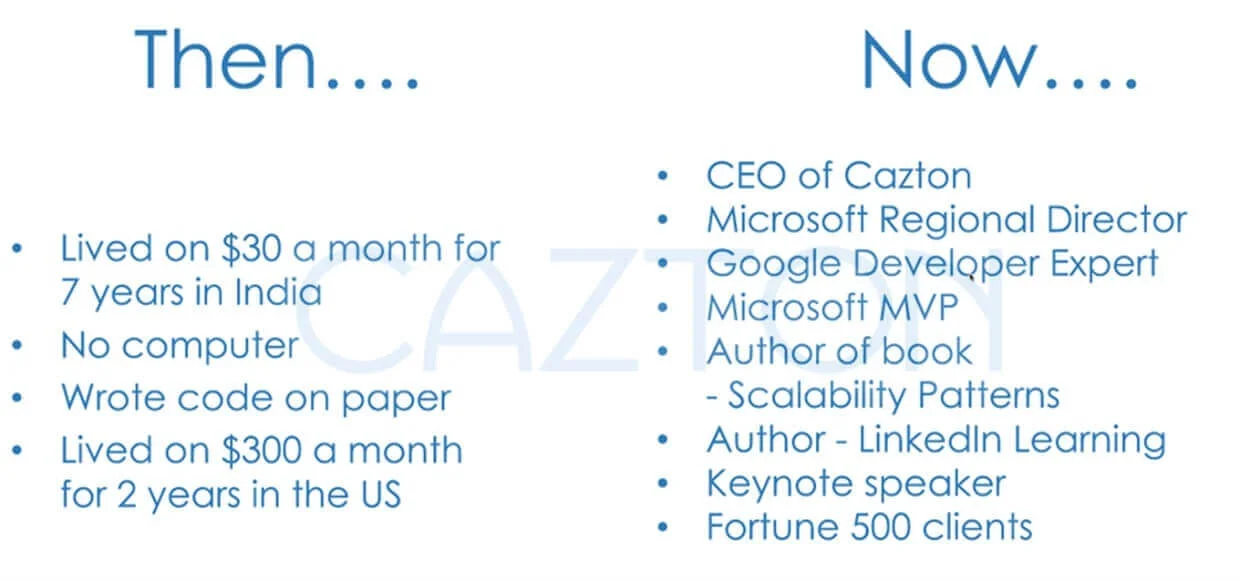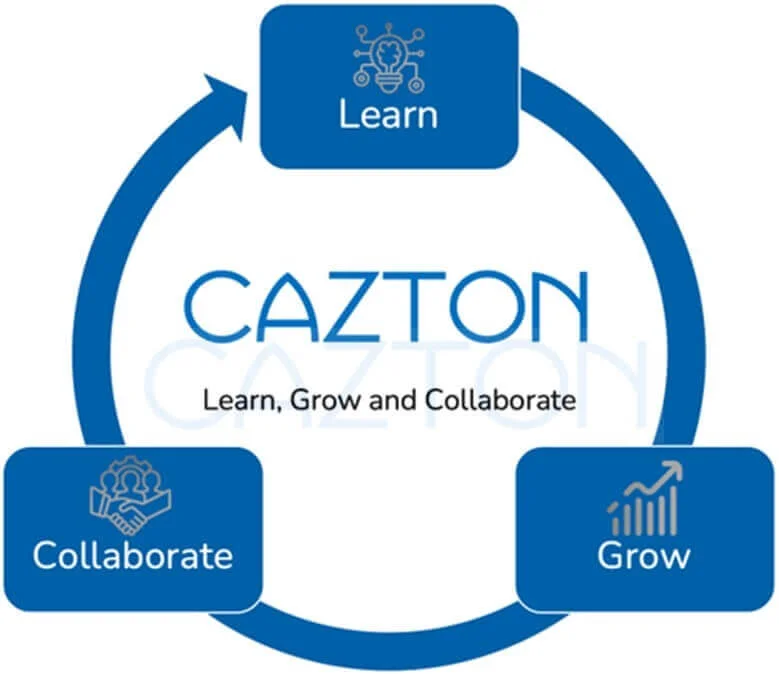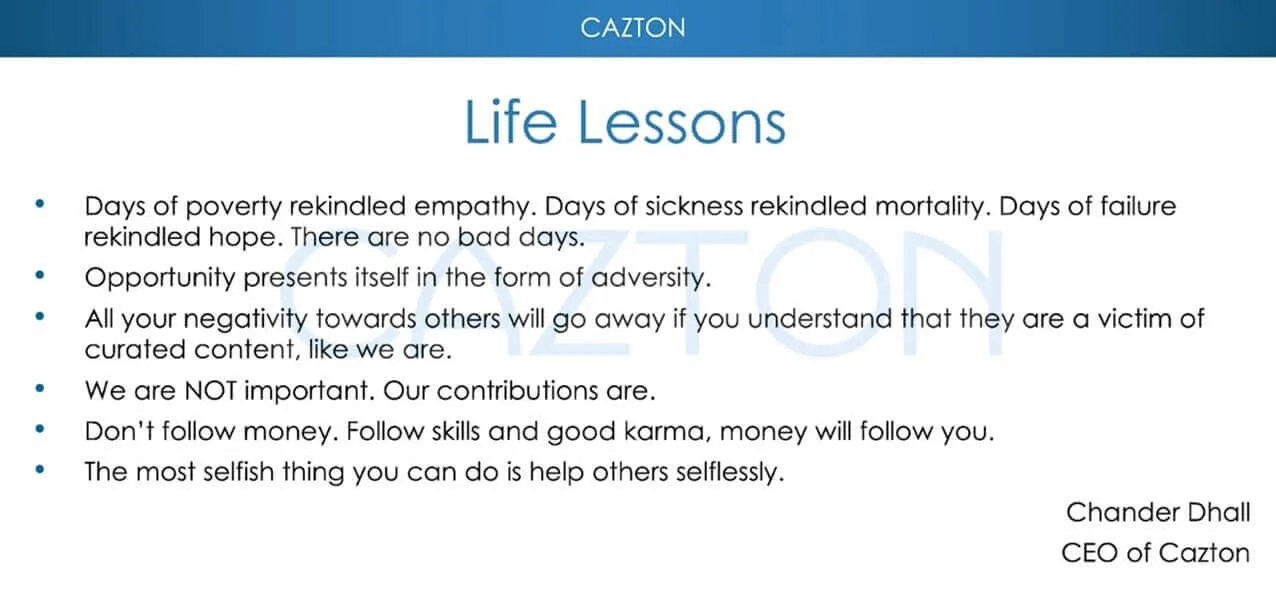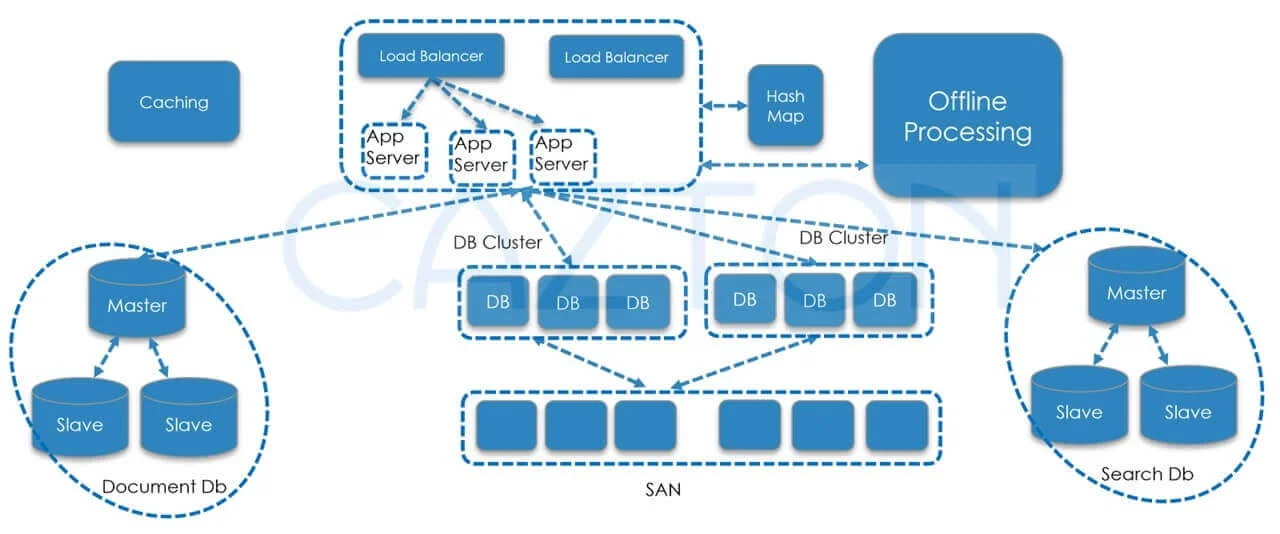Ten Keynotes in Four Continents in One Month
- Our CEO, Chander Dhall, successfully delivered ten keynote speeches in four continents in November and December of 2021.
- Google DevFests: Chander spoke at San Diego and Tucson DevFests in the US; Windsor in Canada; Ado, Warri and Settat in Africa; and Oman in Asia.
- Continents: North America, Asia, Africa and Europe. *
- Awards and recognitions: Chander has been a featured speaker at Microsoft TechEd, Google DevFests, Microsoft VS launch event, Azure Dev Days, NDC London, DevSum Sweden, DevConnections, BuildStuff, Lithuania, MVP Mix (Toronto, San Francisco and Dallas). He has been invited as a technical judge and mentor at top universities like MIT, Harvard and UT Austin.
- Fun facts: One of the days, he had to wake up at 3am for the first keynote, but it got pushed back till almost breakfast, delivered the second one at lunch and the third one at dinner time. Believe it or not, the keynote in Europe was on Thanksgiving Day!
Why 10 keynotes in 4 continents?
Software development is deceptively simple. While working with top Fortune 500, large-sized, mid-sized and startup companies worldwide, Cazton team gets to work on critical cutting edge technologies on multi-billion dollar applications that require unparalleled scale and performance. While we are fortunate to have that kind of rare experience, we also understand the importance of sharing this knowledge coupled with decades of technical experience with technical communities worldwide. Billions of dollars can be saved annually and repurposed for better initiatives if everyone starts following best practices. Billions are lost every year because software is an ever growing field and it's hard to keep up with it. Giving back is a core tenet of our philosophy of doing good Karma, spreading the knowledge and experiences. That's why collaboration is the key to success! We collaborate internally and externally on all key learnings and sharing that experience is of utmost value to the technical community.
Cost, quality and time - you can have all the three
During the pandemic our team successfully completed 40 out of 108 components in one month. The initiative, prior to engaging Cazton, had failed for 14 years.
This is just one example of the work we have been doing during the pandemic. All this led to a time crunch and we felt like we were not able to help the community as much as we could. So, we reached out to technical communities and planned to do 2-3 keynotes in November and December, holiday time in the US. Our hope was that we will be able to get some time away from client work during the holidays. The community response was so overwhelmingly positive that he decided to do 10 keynote presentations that fell during the holidays. It was a daunting task given his schedule and time zone differences. This also included one keynote in Europe on the day of Thanksgiving.
Keynote: How to succeed in tech from a non-Ivy League school
In this keynote presentation, Chander starts with sharing the "then and now" from his life.

In this motivating presentation, he talked about a variety of topics. The reason behind choosing different topics like DevOps, Agile development, Enterprise patterns, SPA frameworks, SQL, NoSQL, Cloud and microservices, Machine learning and AI etc. is to make sure that people from all backgrounds have something they can relate to while appreciating other aspects of software development. He walked through examples from top technical companies and makes multiple cases of improvements and how there is so much need to make things better and infinite opportunities to make a great future.
The recurring theme of the talk is: Learn, Grow and Collaborate. He also credits MIT for collaboration, something he became a fan of while being a technical judge and mentor at MIT representing Microsoft.

The most popular slide deck in all four continents
Finally, the most popular slide deck in all four continents happened to be his life lessons.

Keynote: Best practices on UI, API and Server-side
The main highlights of this keynote were:
- Scalability best practices
- API best practices
- UI best practices
In scalability best practices, the pros and cons of all major database architectures were discussed. The discussions included CAP Theorem, whitepapers on scalability, different types of NoSQL databases along with their use cases, polyglot persistence, scalability bottlenecks and how to avoid them. Finally, the best principles for an auto-scale architecture were discussed. Quite interestingly, the highly scalable architecture was also a lot cheaper to create as well as maintain.

In API best practices, pros and cons of different API architectures were discussed. Additionally, best practices on Web API were shared. Topics of discussion included number of base URLs per resource, paging per device, error handling globally and locally, associations, complexity, HTTP status codes, versioning, multiple data formats, headers and body etc. Examples were shared from APIs using best practices, but weaknesses of APIs that didn't use best practices were also highlighted.
In UI best practices, the first half of the presentation focused on how browsers work and the latter half focused on writing code that performs fast and avoiding commonly used code behaviors that lead to slowness in the app. An example of a commonly used algorithm was demonstrated. It consumed 2-3 seconds just on the UI. A better algorithm was able to solve the same problem in 1ms. That's just two thousand times faster. The presentation included network concepts like window congestion limit, ack and syn, JavaScript code tips, different kinds of layout updates, shadow DOM and other performance techniques.
About Chander Dhall
Chander Dhall, CEO of Cazton, is a fifteen-time awarded Microsoft (AI) MVP, Microsoft Regional Director, Google Developer Expert, and world-renowned technology leader in architecting and implementing solutions. In 2025, he was recognized as one of only twenty AI MVPs in the United States. He's not only rescued software development, cloud, big data, and AI teams, but also implemented successful projects under tight deadlines and difficult business constraints. His company, Cazton, has a proven track record of not just saving the client millions of dollars, but also providing expedited delivery time. Cazton's clients include Google, Microsoft, Thomson Reuters, Broadcom, AT&T, Dell, Bank of America, NBC Universal, American Express, Fandango, LinkedIn, VMware, McKesson, Macquarie Bank, and many other Fortune 500, mid-size and startup companies.
In the field of AI, Chander has been at the forefront of building and deploying enterprise-grade solutions that leverage cutting-edge technologies like OpenAI's GPT models, Google's Gemini, Cohere's Command and Anthropic's Claude. He specializes in designing and fine-tuning generative AI models for real-world applications such as conversational AI, predictive analytics, natural language processing (NLP), and advanced recommendation systems. His expertise spans the breadth of cloud platforms (Azure, AWS, GCP) and big data and AI ecosystems, including TensorFlow, PyTorch, RAFT, Microsoft Fabric, Databricks, Spark, Kafka, Snowflake, and emerging generative AI technologies. From leading projects in real-time streaming analytics, chatbots, AI agent-based applications, to deploying state-of-the-art computer vision systems, Chander has positioned Cazton as a trusted partner for organizations aiming to harness the full potential of AI and ML. His work in fine-tuning large language models (LLMs) for domain-specific needs has helped organizations enhance productivity and create personalized customer interactions, setting them apart in competitive markets.
As an Azure Advisor, ASP.NET Insider, Web API Advisor, Cosmos DB Advisor, and a Microsoft MVP for AI, Chander has insight into new releases on technologies used by millions of developers. His critical advice, impeccable vision, and futuristic strategy are backed by creating and establishing best practices in implementing AI-driven systems that align with ethical AI principles and ensure responsible innovation. Chander's unparalleled success stems from his ability to blend technical mastery with business acumen. At the same time, he's a voracious and highly respected speaker. He has keynoted and delivered hands-on workshops at top conferences, including Microsoft Build, .NET Conf, Microsoft Fabric Community Conference, Microsoft TechEd, Google DevFest, Azure Dev Days, NDC London, DevSum Sweden, and BuildStuff Lithuania. He has been invited as a technical judge and mentor at top universities like MIT, Harvard, and UT Austin. He is the author of two books: Scalability Patterns and Building Single Page Applications Using ASP.NET Core & Angular. Chander's ability to distill complex AI and ML concepts into actionable insights makes him a favorite among developers and business leaders alike.
Chander has utilized his amazing business sense, having started Cazton with zero funding and turned it into a multi-million-dollar company in less than two years. Beyond technology, Chander has been trained in the rare Himalayan style of yoga, pranayama, and Ayurveda since the age of four. He has written books on improving immunity and incorporating ancient eastern wisdom in a western lifestyle. When he's not working, he enjoys traveling the world with his wife and four kids. When in Austin, they spend their time hiking, kayaking, and boating with their dog, Friday.
DevFest and Conference Keynotes:
- Google Great North DevFest 2021
- Google Mountain Region DevFest keynote 1
- Google Mountain Region DevFest keynote 2
- Google DevFest San Diego
- Google DevFest Warri
- Google DevFest Fest Settat
- Innovative TechTalks 2021
- Google DevFest Ado 2021
- Google DevFest Oman keynote 1
- Google Dev Fest Oman keynote 2
- Google DevFest North America: JavaScript and Web performance
Cazton is composed of technical professionals with expertise gained all over the world and in all fields of the tech industry and we put this expertise to work for you. We serve all industries, including banking, finance, legal services, life sciences & healthcare, technology, media, and the public sector. Check out some of our services:
- Artificial Intelligence
- Big Data
- Web Development
- Mobile Development
- Desktop Development
- API Development
- Database Development
- Cloud
- DevOps
- Enterprise Search
- Blockchain
- Enterprise Architecture
Cazton has expanded into a global company, servicing clients not only across the United States, but in Oslo, Norway; Stockholm, Sweden; London, England; Berlin, Germany; Frankfurt, Germany; Paris, France; Amsterdam, Netherlands; Brussels, Belgium; Rome, Italy; Sydney, Melbourne, Australia; Quebec City, Toronto Vancouver, Montreal, Ottawa, Calgary, Edmonton, Victoria, and Winnipeg as well. In the United States, we provide our consulting and training services across various cities like Austin, Dallas, Houston, New York, New Jersey, Irvine, Los Angeles, Denver, Boulder, Charlotte, Atlanta, Orlando, Miami, San Antonio, San Diego, San Francisco, San Jose, Stamford and others. Contact us today to learn more about what our experts can do for you.


